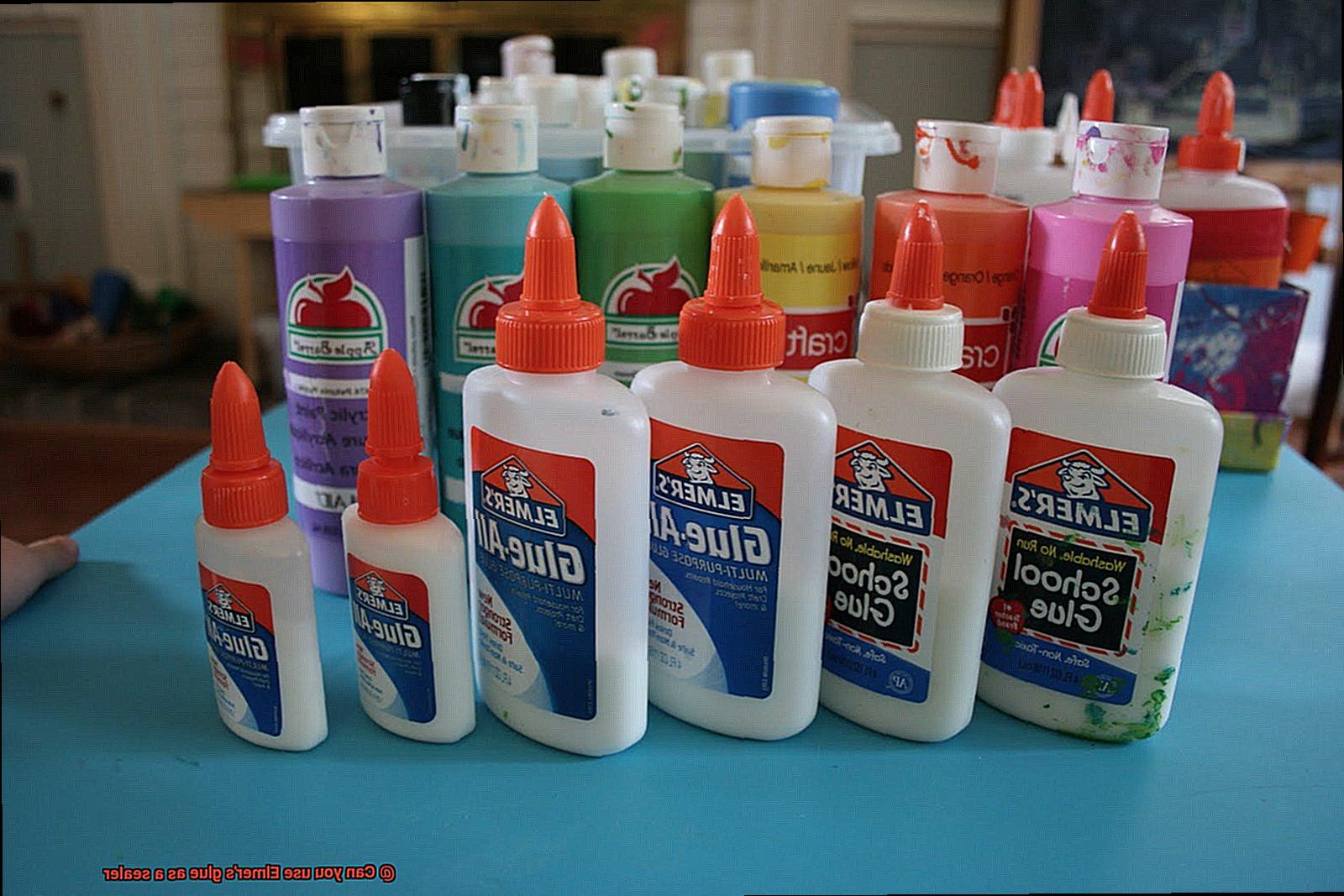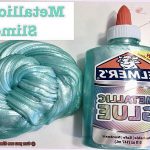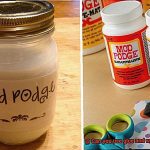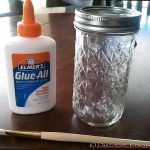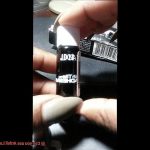Are you a DIY fanatic who loves to breathe new life into old furniture and trinkets? If so, you know that sealing your projects is crucial for their longevity. This is where Elmer’s glue comes in handy. A staple in many school classrooms, this versatile adhesive has been used for generations. But can it double up as a sealer?
Imagine spending countless hours restoring an antique piece of furniture only to realize you’re out of sealer. As you rummage through your toolkit, your eyes land on a bottle of Elmer’s glue. Can it be the solution to your problem?
This question is common among crafters and DIY enthusiasts alike. The good news is that Elmer’s glue can indeed be used as a sealer, depending on the project at hand. However, using glue as a sealant requires some know-how.
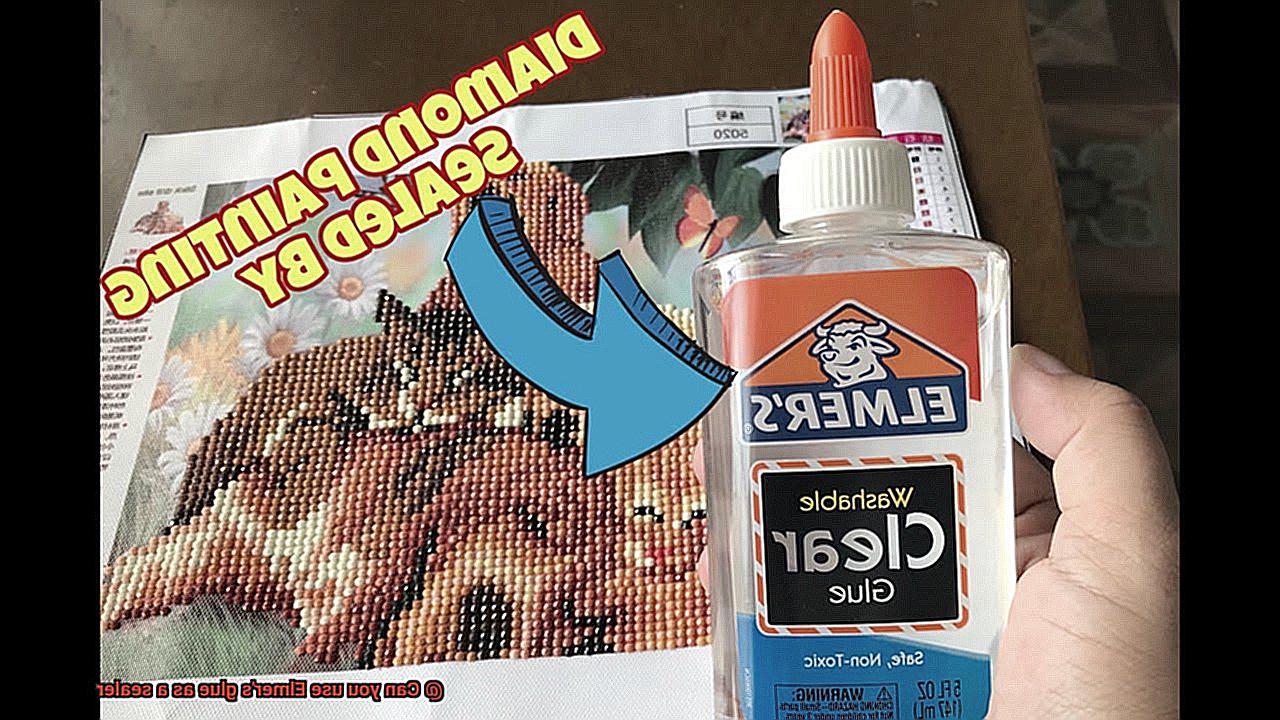
In this article, we’ll delve into the different types of Elmer’s glue and how they can be used for sealing. We’ll also weigh the pros and cons of using glue as a sealer and provide tips to ensure your project looks fantastic. Whether you’re an experienced DIYer or just starting out, keep reading to learn more about using Elmer’s glue as a sealer.
Uses of Elmer’s Glue
Contents
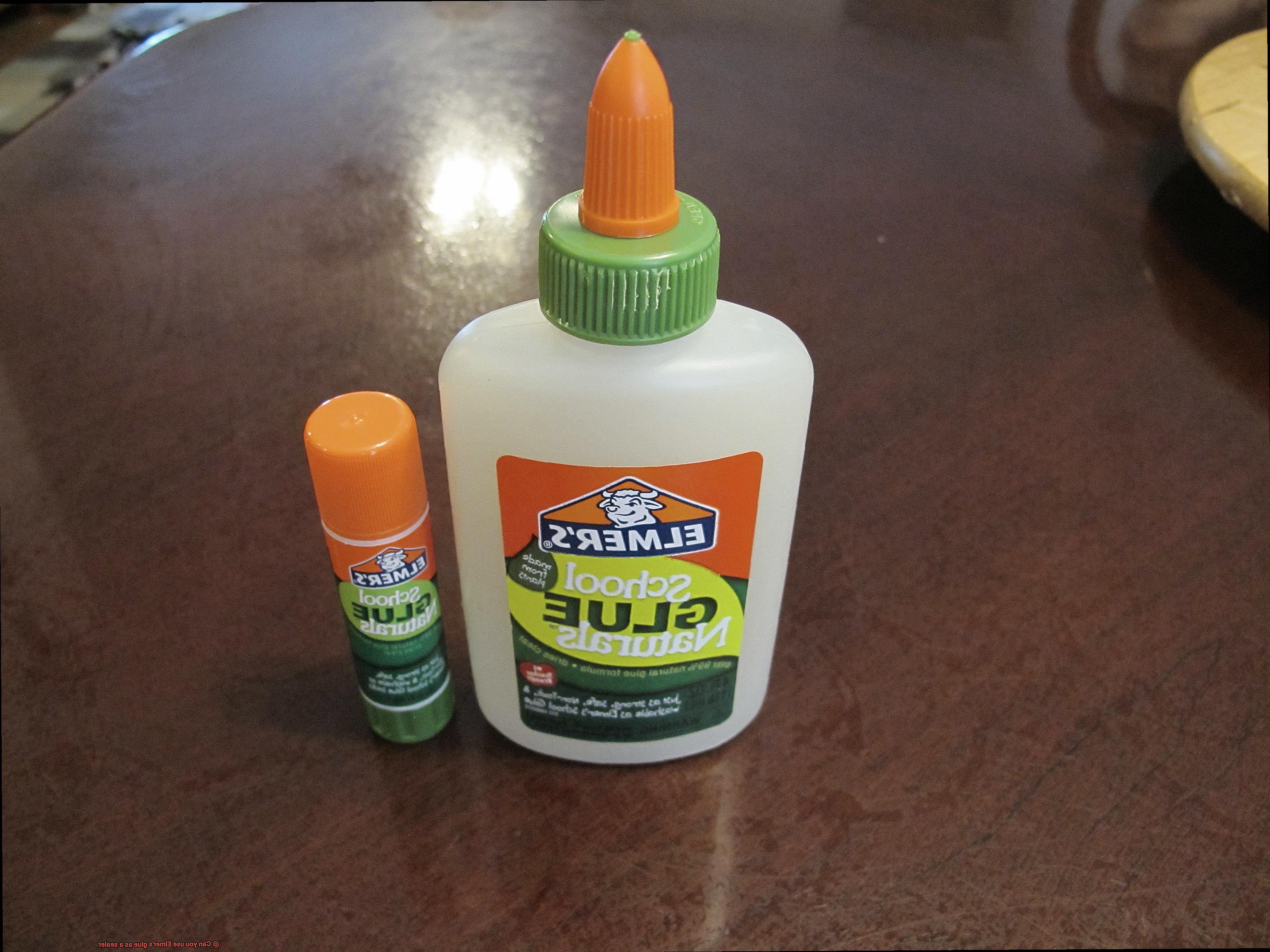
One of the most common uses of Elmer’s glue is as a sealer. It can protect surfaces like paper, cardboard, and wood from moisture and other environmental factors. This is particularly useful when working on art projects that will be exposed to the elements or when creating DIY decorations for your home.
Using Elmer’s glue as a sealer has several benefits. Firstly, it dries clear, so it won’t affect the appearance of your project. Secondly, it has a non-toxic formula, which makes it safe to use around children and pets.
Elmer’s glue can also be used as an adhesive for paper, cardboard, and other lightweight materials. Its strong bonding properties make it ideal for crafting projects that require a sturdy hold.
And if you’re looking for a fun activity to do with kids, Elmer’s glue can be used to create slime – a popular trend in recent years. By simply mixing Elmer’s glue with water and a few other ingredients, you can create a gooey, stretchy substance that kids love to play with.
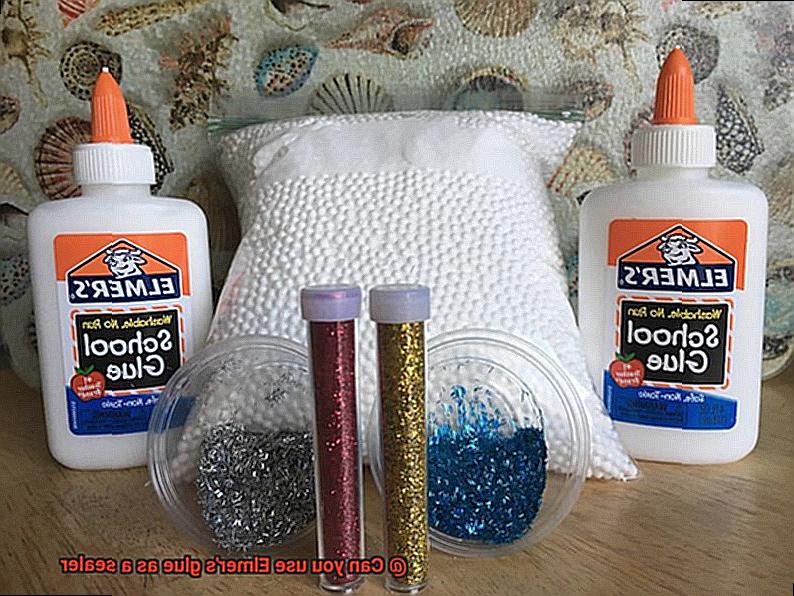
Can You Use Elmer’s Glue as a Sealer?
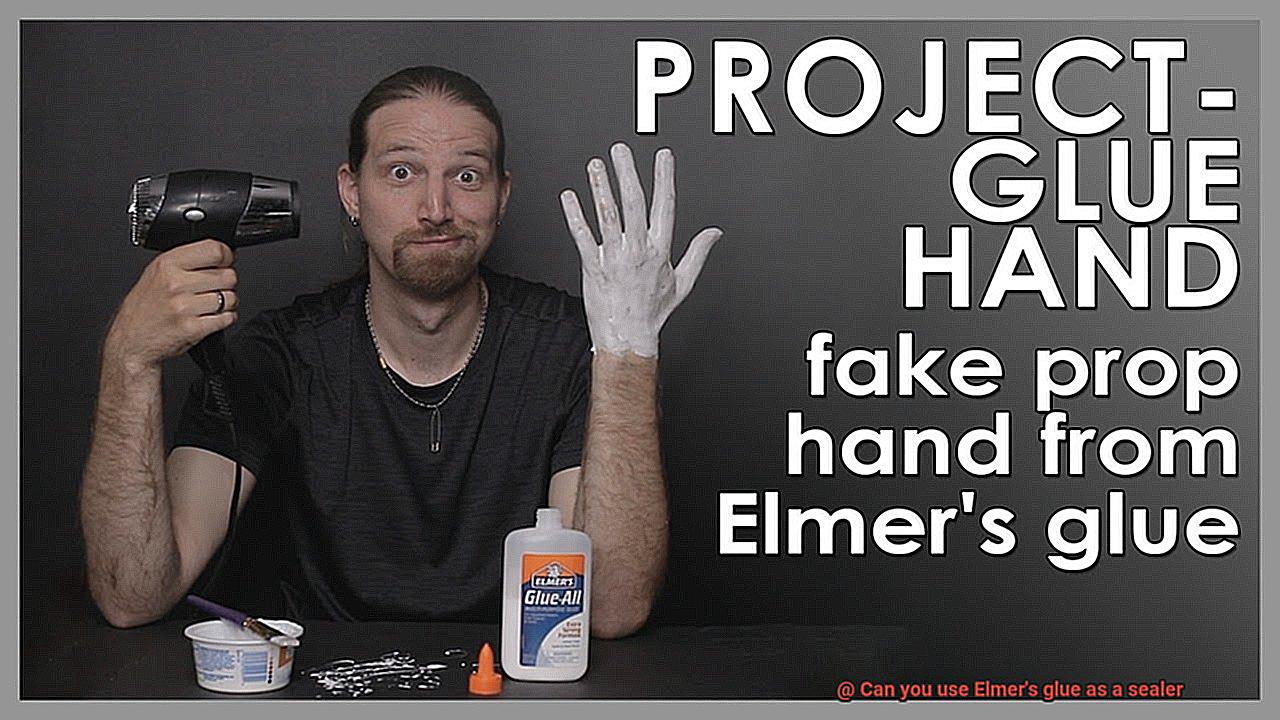
This popular polyvinyl acetate (PVA) glue is not only a go-to for adhesion, but also works well as a sealer for certain types of projects.
When it comes to sealing paper-based materials like cardboard or scrapbook paper, Elmer’s glue is an excellent option. Its clear and flexible nature allows it to provide a protective coating that shields against damaging moisture and environmental factors.
To use Elmer’s glue as a sealer, simply dilute it with water in a 3:1 ratio (three parts glue to one part water). This will create a light mixture that can be easily applied with a brush or sponge. Make sure to spread the solution evenly and let it dry completely before handling the item.
It’s important to keep in mind that while this glue can work as a sealer for some projects, it may not be the best choice for all materials. For instance, wood or metal surfaces might require more robust protection. Additionally, using too much glue or neglecting to dilute it properly can lead to a cloudy or uneven finish.
Limitations of Using Elmer’s Glue as a Sealer
And, it’s no surprise, as this household staple has been around for decades and has served many well. But, before you consider using Elmer’s glue as a sealer to protect your projects from moisture and environmental factors, it’s important to understand its limitations.
One of the biggest limitations of using Elmer’s glue as a sealer is its inability to provide adequate protection or durability in certain situations. Although it can help to seal and protect surfaces, it may not hold up as well over time as other types of specialized sealants. This is especially true if you’re using Elmer’s glue on a surface that is exposed to moisture or other environmental factors.
Another limitation to keep in mind when using Elmer’s glue as a sealer is its compatibility with certain types of materials. Depending on the surface you’re working with, the glue may not adhere properly or could even damage the material. For instance, when working with fabric or paper, Elmer’s glue may cause wrinkling or discoloration, making it an unsuitable choice for sealing.
It’s also essential to remember that while Elmer’s glue can be an effective sealant in some situations, it is not specifically designed for this purpose. Therefore, you may find that other types of sealants provide better results for your particular project. Doing some research and considering all of your options before selecting a particular type of sealer is always a good idea.
Applying Elmer’s Glue as a Sealer
If you’re searching for an affordable and versatile way to protect your DIY projects, Elmer’s glue might be the solution you’ve been looking for. This water-based glue is perfect for sealing porous surfaces like paper, cardboard, and wood. However, before you start, there are a few things to keep in mind.
To begin with, you’ll need to dilute the glue with water before use. The ratio of glue to water will depend on the surface you’re sealing and the level of protection you desire. For most applications, a 50:50 mixture is a great starting point.
When applying the glue mixture, use a brush or sponge and make sure to coat your surface evenly. Be careful not to leave any bubbles or streaks, as these can impact the final outcome. Once the glue has dried, use fine-grit sandpaper to sand it down lightly for a smooth finish.
It’s essential to note that while Elmer’s glue is an excellent option for many DIY projects, it may not be suitable for all sealing applications. If your project will come into contact with moisture or heavy wear and tear, it’s best to consider using a dedicated sealant product instead.
Benefits of Using Elmer’s Glue as a Sealer
This popular crafting tool has been used for many years and offers many benefits when used as a sealer.
One of the top advantages of using Elmer’s glue as a sealer is its affordability. It is readily available in most stores at a reasonable price, making it an ideal choice for crafters on a budget or those who don’t want to invest in expensive specialized craft supplies. Plus, since it is non-toxic and safe to use, it is perfect for projects involving children or those with allergies to other types of sealers.
Another great benefit of using Elmer’s glue as a sealer is that it creates a smooth and even finish. As it dries clear, it doesn’t leave any visible brush strokes or marks, giving your project a professional look. Plus, you can thin it with water to create a lighter consistency, making it easier to apply evenly.
Elmer’s glue also offers versatility when used as a sealer. It works well on paper, wood, fabric, and even some plastics. This makes it an ideal choice for a wide range of crafting projects. From scrapbooking to woodworking, Elmer’s glue can help you achieve the perfect finish.
Alternatives to Using Elmer’s Glue as a Sealer
While Elmer’s glue is a go-to for many crafters, it may not always be the best option. Fear not, my fellow crafting enthusiasts. I’m here to share with you some exciting alternatives to using Elmer’s glue as a sealer.
First up is Mod Podge, a water-based sealer, glue, and finish that can be used on a variety of surfaces such as wood, paper, and fabric. Not only does it dry clear, but it also creates a protective barrier that is resistant to moisture and UV rays. You can also choose from matte, gloss, or satin finishes to achieve the desired look.
Another option is polyurethane, a clear varnish that can be applied to surfaces like wood, metal, and plastic. It provides a durable finish that is resistant to scratches and chemicals. Additionally, there are both water-based and oil-based formulas available, with the former being more environmentally friendly.
If you’re looking for a hard, glossy surface when cured, epoxy resin is your answer. It’s perfect for surfaces such as wood, stone, and ceramics and is highly resistant to heat, water, and chemicals.
Lastly, shellac is a natural resin made from the secretion of the lac bug. It’s an excellent option for surfaces like wood and metal and provides a durable finish that is resistant to water and chemicals. And if it does get damaged, it’s easy to repair.
NM2r0GkaXAk” >
Also Read: Can you use Elmer’s glue as a sealant?
Conclusion
In conclusion, Elmer’s glue is not just an ordinary adhesive but also a handy sealer that can be used for specific types of projects. Its clear and flexible nature makes it a perfect choice for sealing paper-based materials like cardboard or scrapbook paper. It provides excellent protection against moisture and environmental factors, making your creations last longer.
However, it’s worth noting that Elmer’s glue may not offer enough durability or protection in certain situations, especially when exposed to heavy wear and tear or moisture. Diluting the glue with water before application and using a brush or sponge is crucial to achieving an even finish.
While Elmer’s glue is an affordable option for budget-conscious crafters, there are alternative specialized sealants like Mod Podge, polyurethane, epoxy resin, and shellac that offer unique benefits such as resistance to UV rays, scratches, heat, water, and chemicals.
Ultimately, choosing the right sealer depends on the type of project you’re working on and the level of protection required. Conducting research and considering all options before selecting a particular type of sealer is always recommended. With the right sealer in hand, your DIY projects can look stunning and last for years to come.

